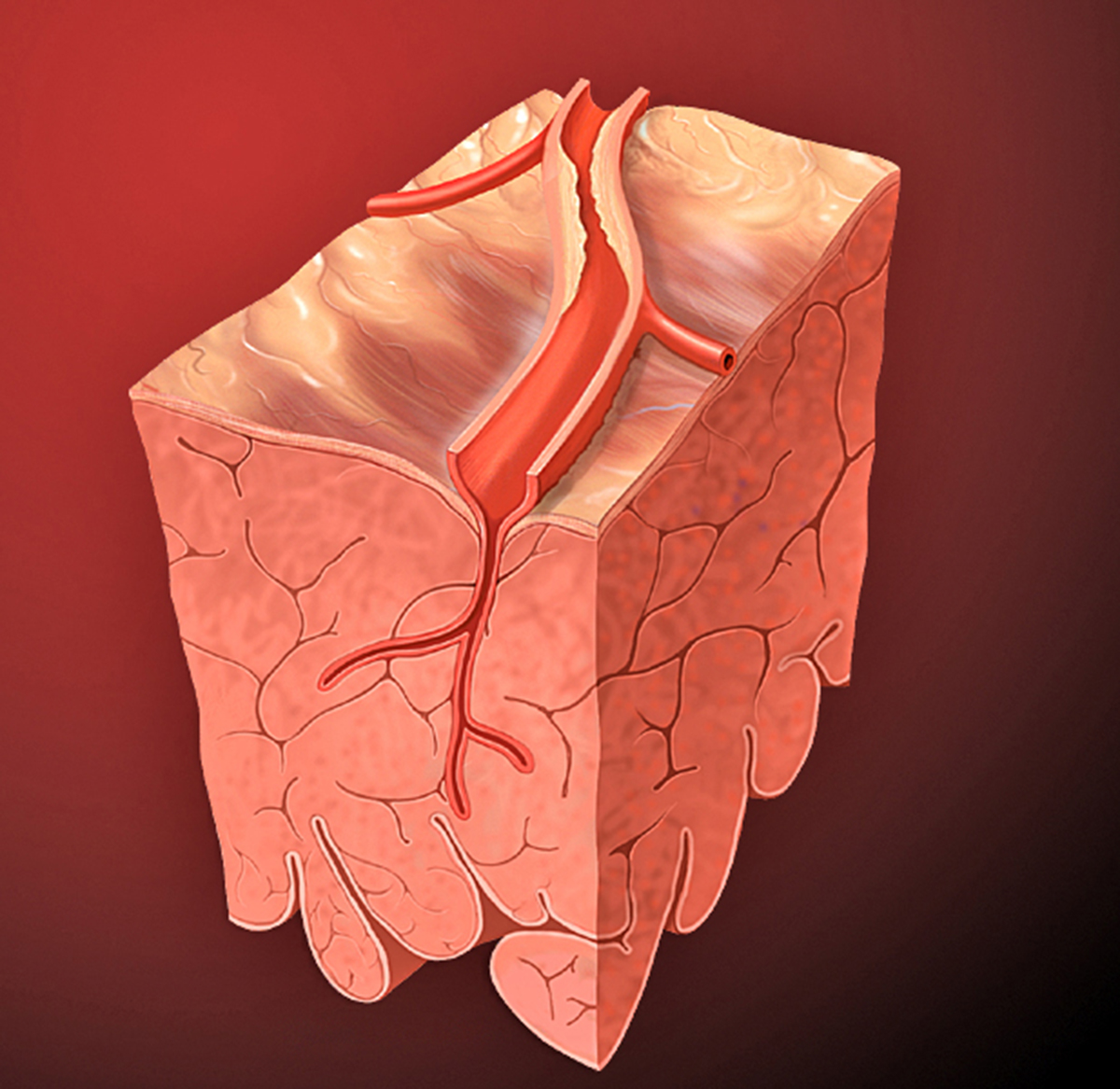
Peripheral arterydisease
Peripheral artery disease is a condition that mostfrequently affects the extremities, since the main characteristic is the problemwith circulation of blood, due to narrowed arteries. Legs are usually affectedthe most, and this disease manifests through the pain in legs, particularlywhen walking. However, besides legs and other extremities, brain and heart may beaffected as well, especially if the cause of narrowed arteries is the build up offatty deposits.
The symptoms do not have to be noticeable in every case, oronly some mild signs such as discomfort may appear, but those to which everyoneshould pay attention include numbness or weakness of leg, coldness in foot orlower part of the leg, a change in the color of a leg or foot, and slowergrowth of nails. Men may also experience erectile dysfunction, and in such situations they shouldvisit a doctor as soon as possible, because ignoring these symptoms may only worsen the condition. Those who are at higher risk of developing peripheral artery disease arepeople who suffer from diabetes, obesity, or high blood pressure, as well aspeople who smoke.
Surgery as a methodof treatment for peripheral artery disease
Since the most serious consequences of peripheral arterydisease are heart attack and stroke, the point of the whole process oftreatment for this disease is to minimize the risk of something like that. Thisis why the process of the treatment is focused on the symptoms that need to bekept under control, and the development of atherosclerosis, which needs to bestopped. In some patients, even a simple change of the life style is enough toachieve this, because quitting smoking for example, can help a lot to patients withthis disease who smoke, and the same goes for the introduction of some physical activity, orsome other changes.
On the other side, there are medications that prevent bloodclotting, control blood pressure and level of cholesterol, and they are also apart of the treatment. But, there are cases in which neither lifestyle changenor medications are helpful, and in such cases the surgery is the only possiblesolution. There are several types of the surgery procedures that can be done inpatients with peripheral artery disease. Which type will be chosen dependsmostly on the size and the location of the affected artery. Angioplasty, bypasssurgeries and endarterectomy are available options, though thrombolytic therapyis also a good solution when there is a blood clot.


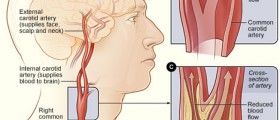
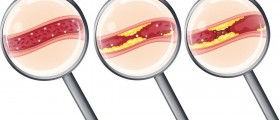

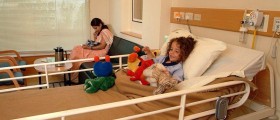

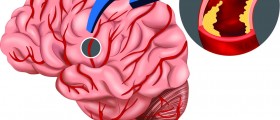

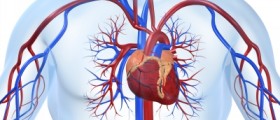


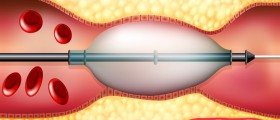



Your thoughts on this
Loading...